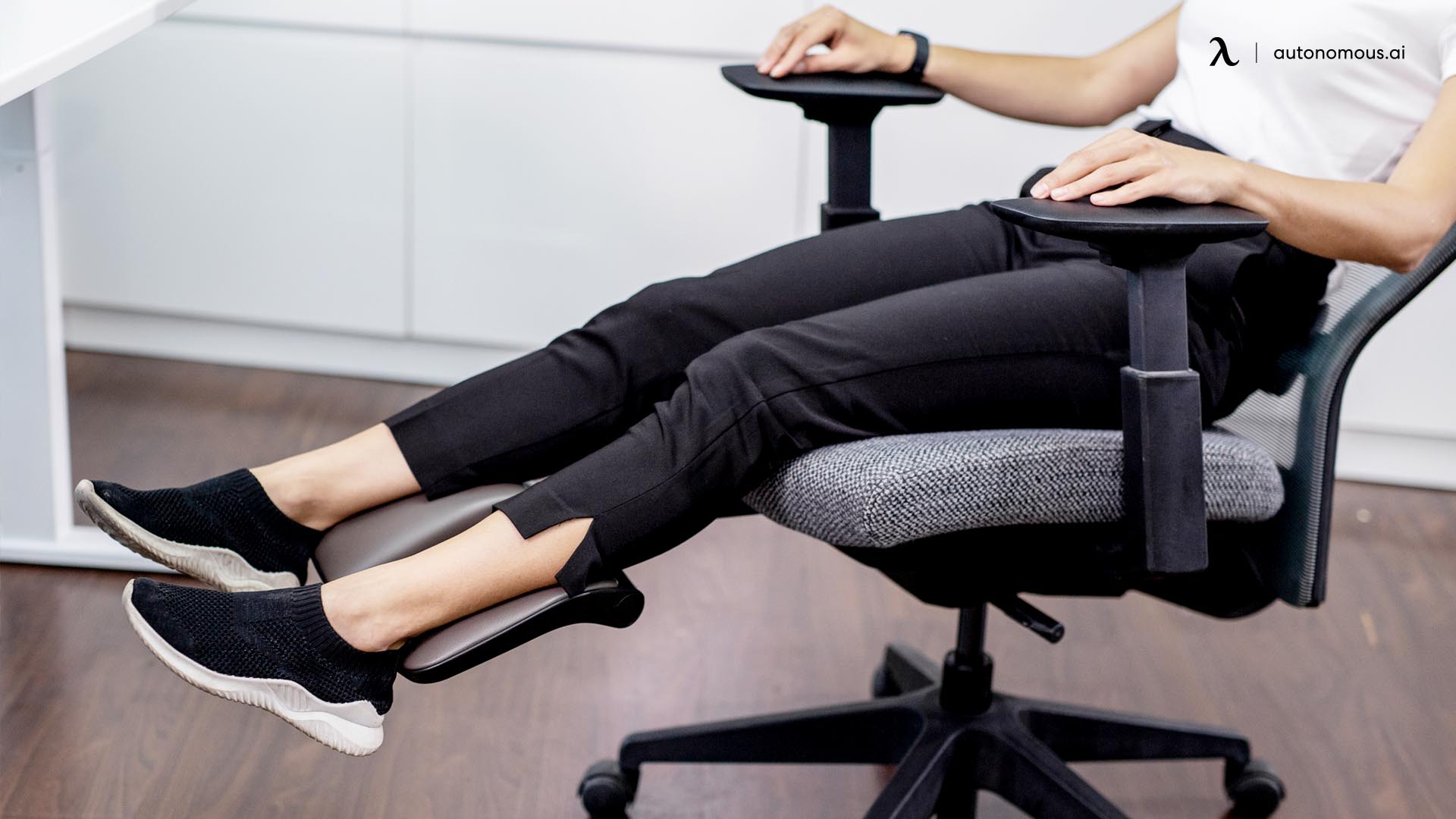Ergonomic Adjustments & Posture: How To Make Desk Chair More Comfortable

So, you’ve got your comfy chair, but are you *really* comfortable? Let’s talk about posture, because hunching like Quasimodo isn’t exactly the peak of human achievement (or back health!). We’re going to transform your desk chair from a potential pain-in-the-back machine into an ergonomic marvel. Buckle up, buttercup, it’s adjustment time!
Ideal Sitting Posture and Chair Adjustments
Picture this: you’re sitting like a majestic oak tree – tall, strong, and perfectly aligned. That’s the goal! To achieve this, we’ll need a strategic approach to adjusting your chair’s various features. Think of it as a finely tuned orchestra of ergonomic excellence.
| Adjustment | How to Adjust | Benefits |
|---|---|---|
| Chair Height | Adjust the height so your feet are flat on the floor and your thighs are parallel to the ground. Your knees should be at a 90-degree angle. | Reduces strain on your legs and back, promotes good posture. Imagine a perfectly balanced seesaw – that’s you! |
| Backrest Angle | Recline the backrest slightly, aiming for a 100-110 degree angle between your torso and thighs. Avoid slouching! | Supports your lower back, reducing pressure and preventing fatigue. It’s like giving your spine a comfy hug. |
| Armrests | Adjust the armrests so your elbows are at a 90-degree angle and your shoulders are relaxed. If your chair doesn’t have adjustable armrests, consider removing them if they impede good posture. | Reduces shoulder and neck tension, allowing your arms to rest comfortably. No more “armrest wrestling” with your body! |
| Lumbar Support | Adjust the lumbar support to provide gentle support to the curve of your lower back. This might involve adding a separate lumbar support pillow if your chair lacks this feature. | Supports the natural curve of your spine, reducing lower back pain and promoting proper posture. Think of it as a personal spine bodyguard. |
Comparison of Chair Adjustment Types
Let’s delve into the glorious world of chair adjustment types! Each adjustment plays a crucial role in achieving that picture-perfect posture.
The tilt mechanism allows you to recline, distributing your weight more evenly and reducing pressure on your spine. It’s like having a built-in siesta button! Height adjustment, as we discussed, is crucial for leg and back health. Armrest adjustments are all about shoulder and neck comfort – think of them as your personal shoulder massage therapists.
Without proper height adjustment, you might find yourself hunching over or straining your legs. A lack of lumbar support leads to lower back pain and discomfort, while poorly adjusted armrests can cause shoulder and neck tension. In short, each adjustment contributes to the overall ergonomic symphony of your seated experience. A misaligned chair is a recipe for discomfort.
Visual Description of Proper Sitting Posture, How to make desk chair more comfortable
Imagine a straight line running from the base of your skull, down your spine, and through your hips to your knees. That’s the ideal alignment! Your hips should be slightly higher than your knees, and your feet should be flat on the floor. Your back should gently rest against the backrest, and your arms should be relaxed at your sides, with your elbows bent at approximately 90 degrees. Your head should be level, not tilted forward or backward. This posture is akin to standing tall, but seated!
